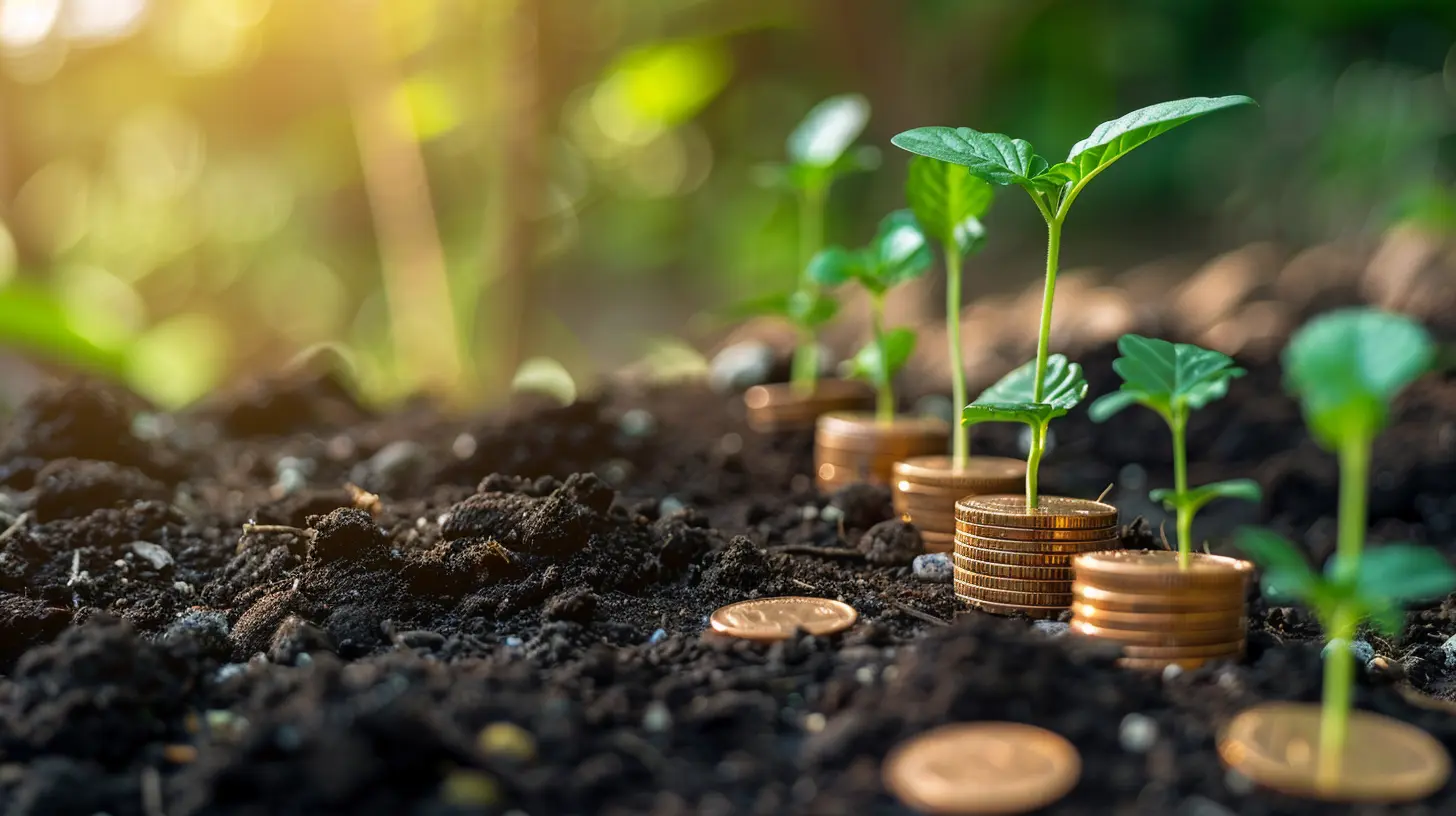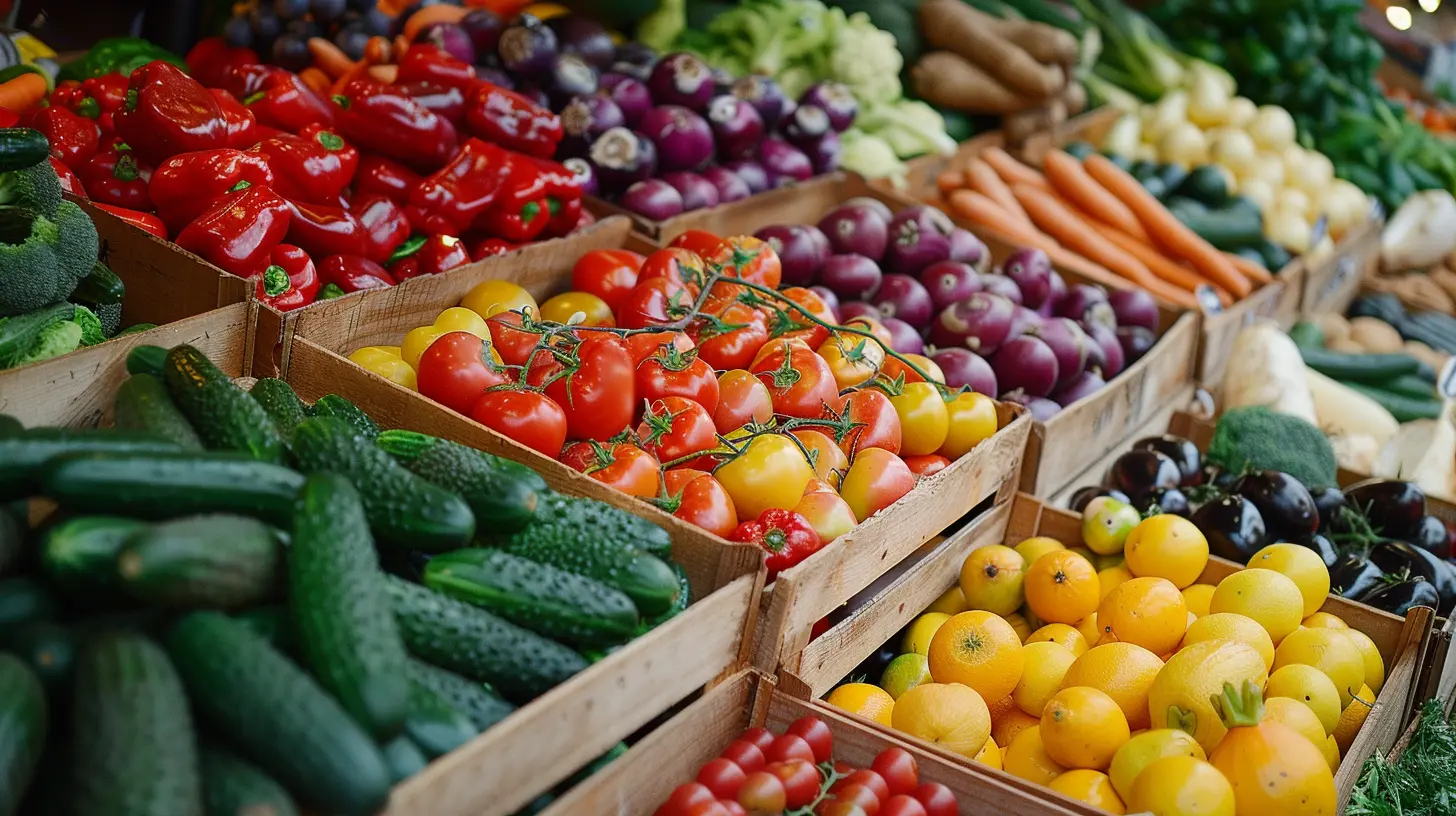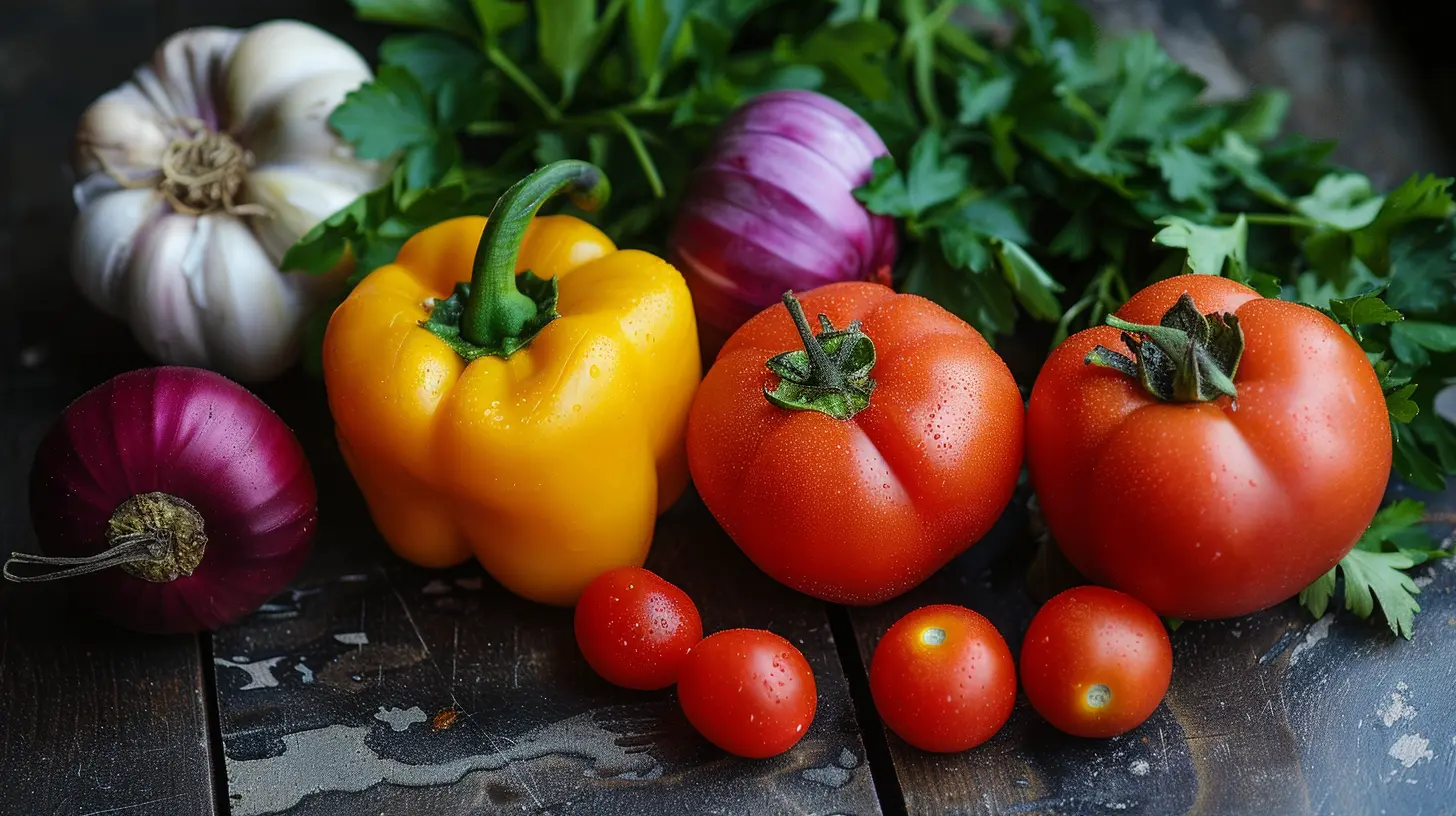Grow Your Own Food: A Frugal Solution to Expensive Groceries
8 September 2025
Let’s face it—grocery prices are out of control. Whether you’re buying a bundle of spinach or a bag of apples, the checkout total might just feel like a slap in the wallet. But what if I told you there's a way to shrink that grocery bill, eat fresher, and maybe even pick up a fulfilling hobby along the way? That’s right. We’re talking about growing your own food.
Now hold up—don’t scroll away just because you don’t have a backyard or because you think your thumb is anything but green. Gardening isn’t just for farmers or retirees. No matter your space, budget, or experience level, you can grow something. And trust me, it pays off big time.
In this guide, we’ll dig into how growing your own food can save you money, reduce your dependence on store-bought goods, and give you a newfound appreciation for that juicy red tomato you harvested yourself. Ready? Let’s get our hands dirty.
Why Growing Your Own Food Makes Financial Sense
Grocery Prices Keep Rising
Unless you’ve been living under a rock (or a compost heap), you’ve probably noticed that food prices are going up—and not just a little. According to the U.S. Bureau of Labor Statistics, grocery costs have risen at a pace far outpacing household incomes. Supply chain issues, inflation, climate change—you name it.Instead of getting crushed under the weight of your grocery receipt, growing your own produce offers a smart, tactical way to fight back.
The ROI of Home Gardens
Think of your garden like a little savings account in your backyard. Some quick math: a packet of lettuce seeds costs around $2 and can yield dozens of heads over the growing season. That’s easily $50 to $100 worth of groceries for the price of your favorite coffee shop latte.And the savings don’t stop there. Tomatoes, herbs, cucumbers, and peppers? All high yield, low-cost crops that can seriously offset your spending. Bonus: You can even preserve your harvest through canning, freezing, or drying for use during the off-season.
Benefits That Go Beyond the Wallet
Ultra-Fresh, Nutrient-Dense Food
Ever noticed how supermarket veggies often taste like…nothing? That’s because produce loses flavor and nutrients the longer it sits. When you grow your food, you harvest at peak ripeness. That’s not just freshness; it’s flavor fireworks.Less Food Waste
When you grow it, you appreciate it more. That means less food ends up in the trash. Plus, you’ll learn how to use scraps, make compost, and recycle plant parts into other meals. Frugal, right?Mental & Physical Health Boost
Gardening is like therapy—seriously. It gets you outdoors, reduces stress, and gives you light exercise. Compare that to the frustrating hunt for affordable avocados. I know what I’d rather do.
Getting Started (No Farm Required)
Here’s the best part: you don’t need a lot of space or fancy tools to start growing your own food. Whether you've got a full backyard or just a sunny windowsill, there's a setup that’ll work for you.Container Gardening: Small Space? No Problem
Live in an apartment or condo? No worries. Grab a few pots, fill them with soil, drop in some seeds, and place them on a balcony or sunny windowsill. Herbs like basil, parsley, or cilantro thrive in containers. So do cherry tomatoes, lettuce, and even dwarf peppers.Raised Beds: The Sweet Spot for Suburban Yards
If you’ve got a bit of lawn space, raised beds are a great middle ground. They’re easier on your back, drain well, and let you control the soil quality. Start with one or two 4x8 beds, and you’ll be amazed what you can grow—carrots, beets, zucchini, you name it.In-Ground Gardening: Go Big or Go Home
If space isn’t an issue and you’re ready to go all-in, traditional garden beds are the way to go. You can rotate crops, grow in bulk, and feed your family year-round with proper planning.
What Should You Grow to Save the Most?
Let’s be real: growing your own wheat or corn probably isn’t cost-effective on a small scale. But some crops offer serious bang for your buck.High-Value Crops to Try:
- Tomatoes: Store-bought tomatoes are expensive, and homegrown ones taste way better.- Leafy Greens: Lettuce, spinach, kale—these grow fast, regrow after harvesting, and cost peanuts to plant.
- Herbs: Buying fresh herbs every time you cook? That adds up. Grow your own and snip as needed.
- Peppers: Bell peppers are pricey in stores but easy to grow in containers.
- Green Onions: Super low-maintenance and regrow quickly.
- Zucchini: One plant can produce dozens of squash. Got recipes?
What to Avoid (If You're Frugal-First):
- Potatoes: Cheap to buy in bulk, not worth the labor unless you just love growing them.- Corn: Needs lots of space and water—not ideal for small gardens.
- Giant Melons: Fun but space-hogging, and not super budget-friendly.
Tips to Maximize Your Gardening Success
Start with What You Eat
No sense in growing eggplant if no one in your house eats it. Focus on what your family regularly buys and eats. That way, you’re directly replacing items on your grocery list.Compost for Free Fertilizer
Don’t throw out those kitchen scraps! Use a compost bin to turn peelings, coffee grounds, and veggie ends into nutrient-rich soil. It's sustainable, frugal, and great for your garden.Use Rainwater and Recycled Containers
Cut back on utility costs by setting up a rain barrel—or repurposing containers like yogurt cups, old buckets, or crates. Less waste, more savings.Time It Right
Different crops grow in different seasons. Check your USDA growing zone to know when to plant what. Plant on time, and you’ll get bigger yields and fewer headaches.Preserve the Harvest
Can’t eat everything you grow right away? That’s fine. Learn basic canning, freezing, or drying techniques to save your harvest for later. Think of it like meal prepping—on a homestead scale.Gardening Costs: What You’ll Spend (and Save)
Let’s break it down. Starting a garden doesn’t need to be expensive, if you’re smart about it.| Item | Estimated Cost | Lifespan / Notes |
|-------------------------|----------------|-----------------------------------------------------|
| Seeds (variety pack) | $10 - $25 | Can last multiple seasons |
| Seed starting trays | $5 - $15 | Optional—use egg cartons or yogurt cups |
| Soil & compost | $20 - $50 | Start with a small batch, compost to replenish |
| Containers or beds | $0 (DIY) – $100+| Upcycle containers or build raised beds on the cheap|
| Tools (basic set) | $15 - $40 | Lasts for years, check thrift stores |
Now, how much can you save in return? A well-maintained home garden can yield $500–$1,000 worth of produce in a single season. And that’s being conservative. Once the setup is done, each season gets cheaper and more plentiful.
Real Talk: Is It Worth the Effort?
Short answer? Absolutely.Yes, gardening takes time. Yes, there’s a learning curve. You’ll make mistakes. You’ll forget to water. You’ll plant too close together. Happens to all of us. But the reality is simple—you’re investing a little time for a huge payoff.
Not only will your grocery bill shrink, but your meals will taste better, your body will thank you, and you'll gain skills that last a lifetime. It's like printing your own food money, just from soil and sunlight.
And hey, there’s something magical about biting into a tomato you grew yourself. Grocery stores just can’t compete with that.
Final Thoughts
If you're tired of sticker shock at the supermarket, growing your own food is one of the smartest frugal hacks you can adopt. Whether it’s a few pots of herbs in your kitchen or a full-blown backyard garden, every bite you grow saves you money. It's practical, it’s empowering, and yeah—it’s kinda fun.Start small. Learn as you go. And before you know it, you’ll be harvesting your savings from the soil.
all images in this post were generated using AI tools
Category:
Frugal LivingAuthor:

Uther Graham
Discussion
rate this article
1 comments
Arlo McGuffey
Growing my own food has truly transformed my grocery budget.
September 16, 2025 at 10:15 AM

Uther Graham
Absolutely! Growing your own food not only reduces grocery costs but also enhances self-sufficiency and well-being. It's a win-win!


